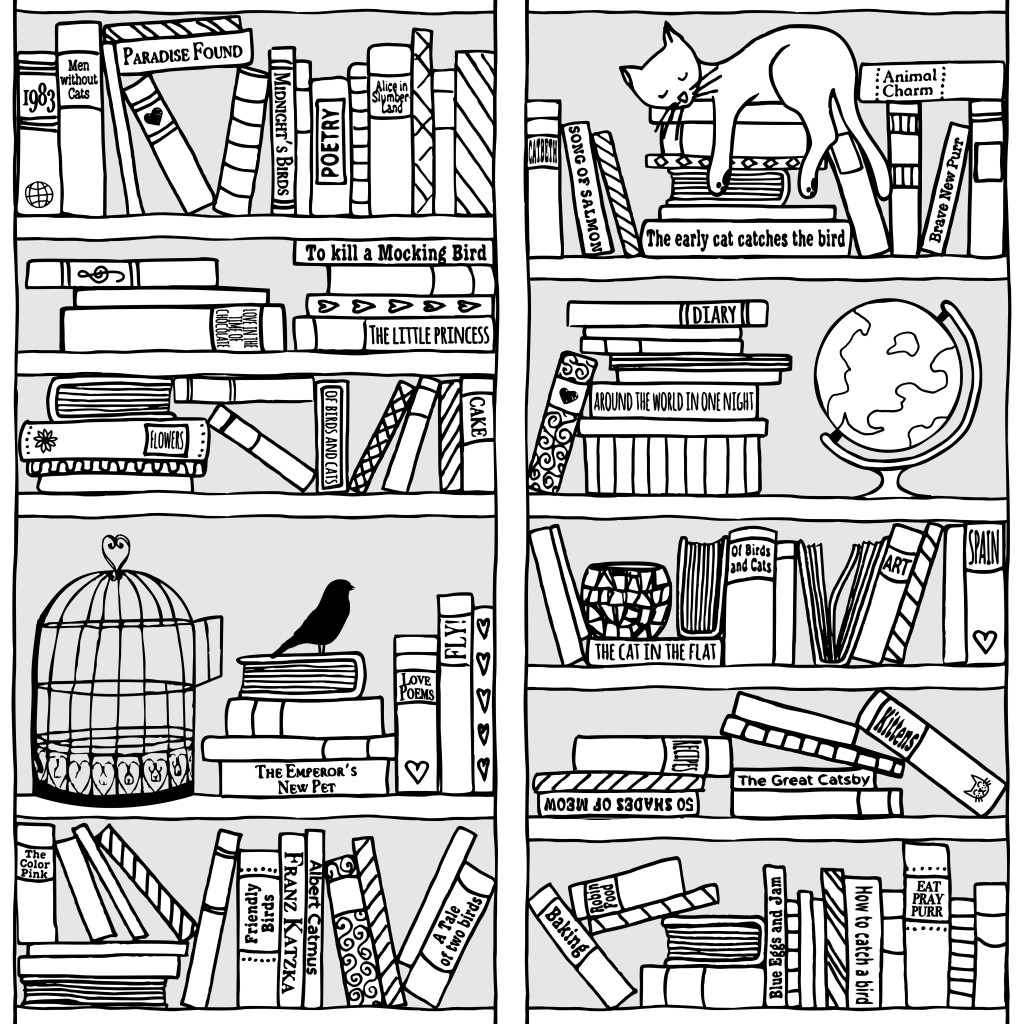I was in the library doing research on Viktor Frankl — the concentration camp survivor who went on to write one of the world’s most influential books, “Man’s Search for Meaning” — when I punched his name into the automated inventory system. The titles of his books appeared on the screen . . . along with a suggestion by the computer. It read:
“Searching for: Viktor Frankl. Did you mean: Victor Frankenstein?”
I was so pleased by the machine’s out-of-left-field suggestion, that I thought of calling over a few random library patrons for a look. Instead, a better idea came to me.
 Since one of the principles of freewriting (and improv) is “using what you’re given,” I decided to employ “Frankenstein” as serendipity. That is, rather than devoting the day’s research to Frankl, I wondered if I could derive any creativity principles worth sharing by researching the famed horror story.
Since one of the principles of freewriting (and improv) is “using what you’re given,” I decided to employ “Frankenstein” as serendipity. That is, rather than devoting the day’s research to Frankl, I wondered if I could derive any creativity principles worth sharing by researching the famed horror story.
Thanks to Susan Tyler Hitchcock’s fascinating volume, “Frankenstein: A Cultural History,” by day’s end I’d found dozens of such principles. In particular, the tale of how the novel came to be written is rife with ideas that would be helpful to any content creator.
How “Frankenstein” Came to Be Written
In 1816, Lord Byron, his traveling companion, John William Polidori, Percy Shelley, and Shelley’s soon-to-be wife, Mary Godwin (later, “Mary Shelley”), were all staying near Lake Geneva in Switzerland.
The four spent much of their time debating controversial issues concerning life and death, particularly in the realm of science. Among other things, they likely discussed Joseph Priestley’s experiments with vegetables and mold, Luigi Galvani’s work with “animal magnetism,” and Luigi Aldini’s exhibitions using electricity to animate dead frogs, oxen heads, and the body and features of an executed killer.
The group also talked literature. One book they’d brought along was a badly-written story collection about the supernatural, “Phantasmagoriana.”
“After listening to a few of these tales,” writes Hitchcock, “Byron challenged his companions. Any one of them could do better.” An impromptu contest was arranged, Each member of the group would write a ghost story. The result?
Shelley, who’d soon be recognized as a great poet, apparently never wrote a word of his yarn.
Byron, who was already a rising star in the literary sky, wrote a two thousand word piece about two men in a cemetery, and stopped before it was finished.
Polidori, Byron’s traveling companion who had more of a background in medicine than he did as a writer, wrote two stories; the second of which, “Vampyre,” became a sensation in Europe and later helped inspire Bram Stoker to pen “Dracula.”
Mary Godwin, whose parents were renowned authors but who, like Polidori, was not yet considered a writer, struggled for days in coming up with an idea. She was blocked.
Godwin Heeds an Image
One night, as she lay in bed with eyes closed but unable to sleep, a scene appeared in her mind. She saw, in her own words, a “pale student of unhallowed arts kneeling beside the thing he had put together,” which she soon recognized as a “hideous phantasm of a man stretched out.” Then, “on the working of some powerful engine,” the phantasm showed “signs of life.”
Godwin was so unnerved by the image that she opened her eyes and looked around her darkened room as a means of distracting herself. When that didn’t work, she decided to think about a plot for her ghost story. “O! if I could only contrive one which would frighten my reader as I myself had been frightened that night!,” she later wrote.
The answer to her ghost story problem suddenly hit her. Hitchcock writes: “Soon the two thoughts merged into one: her waking dream was her ghost story.” Months later, the first version of her novel was completed.
The Takeaways
Some of the lessons I take away from this story, and that might be of benefit to you, include the following:
1. You needn’t be a noted expert to write something that shakes up and sticks with an audience. Lord Byron and Percy Shelley are considered poets of the highest stripe, yet few read their work today. The characters and influences from Mary Godwin’s and John William Polidori’s work, however, continue to fascinate us.
2. When it comes to creating, arrange for a little friendly competition. Godwin did indeed write “Frankenstein” and Polidori’s effort inspired “Dracula,” but the unsung hero of the affair is Byron. Without his good-natured challenge it’s unlikely that either writer would have written a supernatural tale – then or ever. Said differently: Had Byron not been playful and competitive, the world may never have heard of “Frankenstein” or “Dracula.”
3. Learn from other fields. “Frankenstein” is a work of fiction, yet Godwin wrote it by combining the ideas she and her companions were discussing from the fields of science and philosophy. She didn’t limit her interests to poems and novels. She let the whole world in.
4. Pay attention to images. Godwin didn’t know why the “hideous phantasm” image appeared to her, and although she tried to forget it, she quickly learned the power of paying attention to such a vivid and unexplained flash of insight.
Our minds aren’t neatly ordered, and important ideas at times bubble to the surface in ways that are seemingly illogical and non-verbal.
If you want to write deeply about a topic, I can’t give you better advice than to do fast, exploratory writing about the scenes and snapshots that drift through your mind as you consider it.







